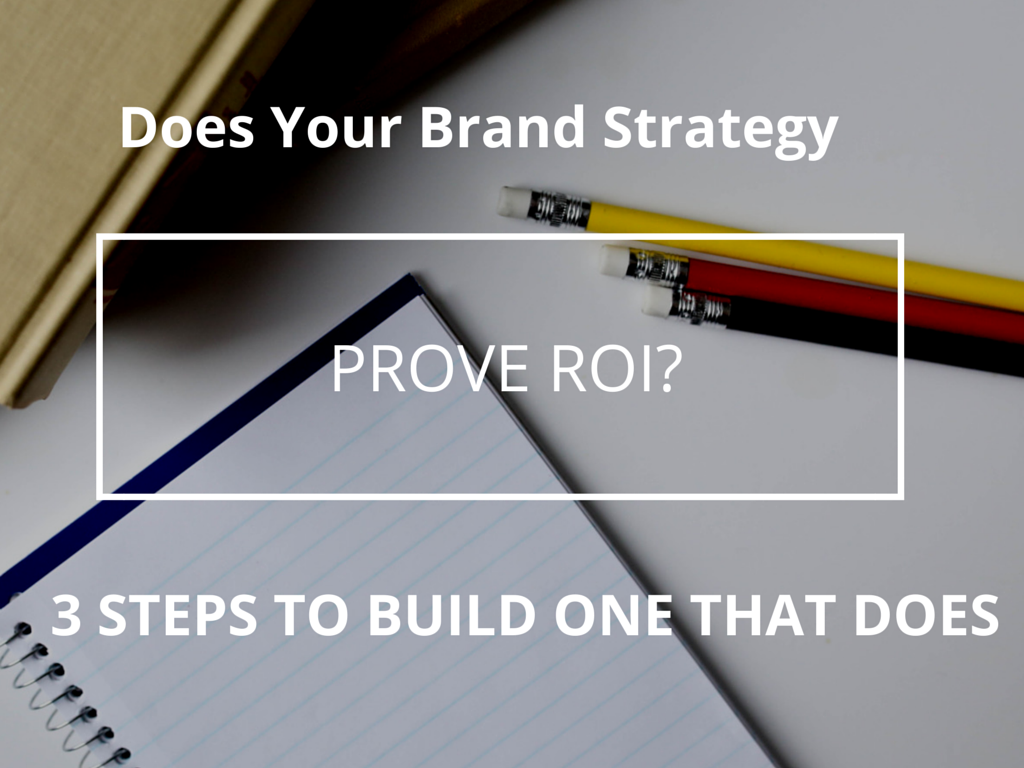2 min read
3 Steps for Building a Brand Awareness Strategy with Great ROI
Team Ambassador Jan 24, 2025 12:00:00 AM

In a world where 70 percent of buying experiences are based on how the customer feels they are being treated, it is incredibly important that brands establish a loyal following of active customers.
To truly understand if your brand awareness marketing tactics have actually converted loyal followers into active customers, marketers need to first undertake three important steps.
Step 1: Segment Branding Efforts to Target Highly Specific Audiences
In a similar fashion to direct response marketing campaigns, brand awareness strategies should continue to focus on capturing the attention of current customers. These customers can be identified as those individuals whom have shown an interest by visiting the company website, reading company announcements, or otherwise indicated an intent to purchase.
To make the most of branding efforts, marketers should focus their attention on the brand’s identified target market. Through increased efforts marketers can increase brand-awareness to a larger, more qualified audience. Audiences can be found online via the brand website or through direct targeting on the right social media networks at the right time.
Step 2: Use Search Result Retargeting to Establish Strong Brand Recall
Retargeted ads are a type of digital display ad that “retargets” a user who has visited your website or interacted with a digital asset. Using digital retargeting, especially in display ads, can stimulate brand recall and encourage prospects to come back to your site. There are four general ways that you can use retargeting to establish stronger brand recall amongst current and prospective customers:
- Retarget individuals with a preliminary brand awareness.
- Retarget people who have previously visited your site.
- Focus on people who have opened an email.
- Track users who have searched for your product by name.
In addition to retargeting efforts, be sure to customize your marketing messages. One of the best methods for customizing marketing messages is to develop an A/B Split Test. This test is one of the most effective ways to measure improvements to your online brand presence.
During an A/B Split Test, you can run two versions of the same piece of content at the same time to equally sized audiences. Measure the results to gain powerful insights into the mindset of your audience. Knowing what your audience prefers can help you to create more impactful marketing messages. In addition to A/B Split Testing, the following tactics can help you to create more powerful, customized messages:
- Using available data to improve personalization within your targeted marketing messages.
- Being proactive in your searches for the ideal target audiences.
- Finding customers where they are instead of waiting for them to come to you.
Step 3: Make Social Customer Engagement a Priority
Did you know that 92 percent of marketers agreed that social media was important for their business? However, only 72 percent of marketers use social media to develop loyal fans. Instead of sitting passively by while fans come to your brand’s social media accounts, you will need to proactively search for your targeted (soon to be loyal) audience.
Success on social media networks will require marketers to take a proactive, rather than reactive, stance. Being proactive can help you to increase brand awareness in your audience and the ROI of your social media marketing. Social media listening tools and referral program software can help you be proactive in your social media marketing efforts.
By being proactive you can:
- Build a better brand experience for customers.
- Improve prospective customer engagement levels.
- Help prospective customers become loyal brand followers.
- Engage in a dual conversation between your past, present, and future customers.
- Turn leads into profitable sales.
Your Brand Awareness Strategy Can Lead to Greater ROI
With the above three steps in mind, it is easy to see how a solid brand awareness strategy, coupled with active data collection and analysis, can lead to an increase in a brand’s marketing ROI. Targeting highly-specific audiences can result in improved engagement, increased brand loyalty, and a higher number of direct sales, and creating strong brand recall in past, current, and prospective customers can lead to improved brand engagement.
Unlock growth with referrals—request your free demo today and see the impact firsthand!